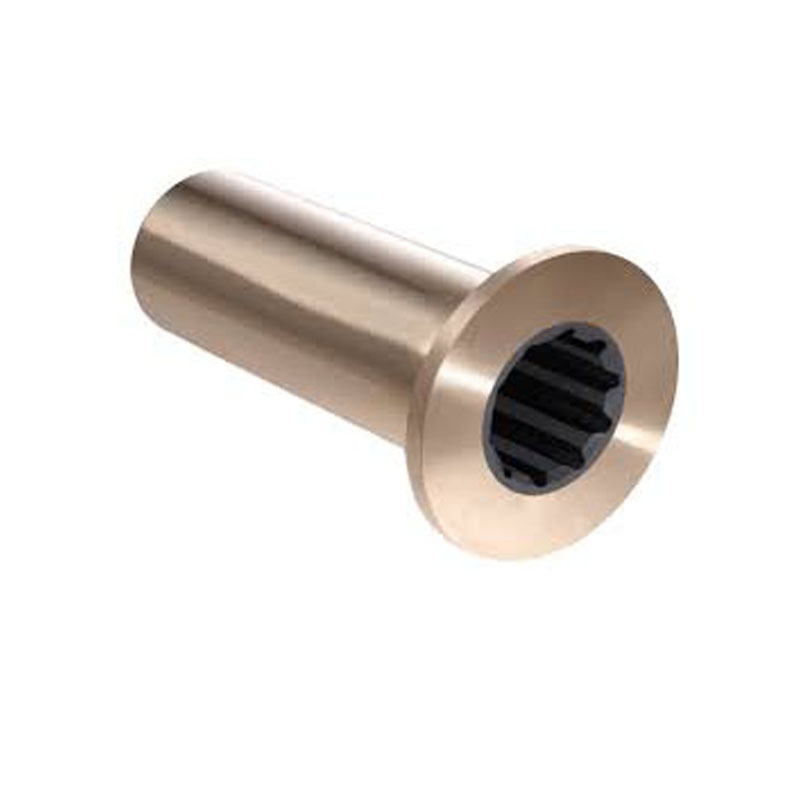transaxle seal
Understanding Transaxle Seals Importance and Maintenance
The transaxle is an integral component of many modern vehicles, combining the functions of a transmission and drive axle into a single unit. This innovative design plays a critical role in enhancing vehicle performance, particularly in front-wheel-drive cars. Central to the efficient operation of the transaxle are the seals that prevent the escape of fluids and maintain optimal operating conditions. In this article, we’ll explore the importance of transaxle seals, common issues associated with them, and best practices for maintenance.
The Role of Transaxle Seals
Transaxle seals serve multiple purposes in a vehicle. Primarily, they are designed to prevent the leakage of transmission fluid and axle grease, which are essential for lubrication and cooling. Maintaining proper fluid levels is crucial, as low levels can lead to overheating and increased wear on components. Additionally, these seals protect the inner mechanisms of the transaxle from dirt, debris, and water, which can lead to corrosion and premature wear.
Seals are typically made of durable materials such as rubber or silicone that can withstand the harsh conditions within a transaxle, including exposure to heat, pressure, and automotive chemicals. High-quality seals ensure that the transaxle operates efficiently, promoting a smoother driving experience and prolonging the lifespan of the transmission system.
Common Issues with Transaxle Seals
Despite their robust construction, transaxle seals can wear out over time
. They are subject to stress and degradation due to constant movement and the environment they operate in. Some common issues associated with failing transaxle seals include1. Fluid Leaks One of the most apparent signs of a failing seal is a fluid leak. This can manifest as puddles under the vehicle or a noticeable drop in transmission fluid levels. Ignoring this issue can lead to severe transmission damage.
2. Contaminated Fluid If the seals aren’t performing correctly, contaminants can enter the transaxle, leading to fluid degradation. Contaminated fluid can cause increased friction between components, accelerating wear and leading to costly repairs.
3. Shifting Problems Damaged seals may result in irregular fluid pressure within the transaxle. This disruption can lead to shifting issues, such as slipping gears or delayed engagement, which can significantly affect driving performance.
transaxle seal

4. Noise A failing seal could also lead to increased noise from the transaxle. Gear whine or grinding noises may indicate inadequate lubrication due to fluid loss, prompting immediate attention.
Maintenance Practices for Transaxle Seals
To ensure the longevity and performance of your vehicle’s transaxle seals, regular maintenance is crucial. Here are some best practices
1. Regular Fluid Checks Routine inspections of the transmission fluid level and condition can help identify potential seal issues early on. Look for changes in color (dark or burnt) or texture (gritty or milky).
2. Scheduled Fluid Changes Following the manufacturer’s recommendations for fluid changes is essential for maintaining transaxle health. Fresh fluid contains additives that help protect seals from wear and contamination.
3. Visual Inspections During regular vehicle maintenance, a visual inspection of the seals for cracks, wear, and signs of fluid leakage can help catch problems early. Address any signs of wear immediately to avoid more extensive damage.
4. Professional Servicing If you suspect issues with your transaxle seals, consult with a professional mechanic. They can conduct thorough diagnostics and recommend necessary repairs or seal replacements.
Conclusion
Transaxle seals are a vital yet often overlooked component of a vehicle's drivetrain. Their role in preventing fluid leaks and protecting internal components is crucial for the efficient operation of the transmission system. By understanding the importance of these seals and adhering to regular maintenance practices, vehicle owners can ensure a smoother, safer driving experience and extend the lifespan of their vehicle's transaxle. Keeping a watchful eye on the condition of transaxle seals will pay dividends in performance and reliability, reflecting the overall quality of the vehicle.
-
Understanding the Front Main Engine Seal: Purpose, Maintenance, and Installation
News Jul.29,2025
-
Understanding O-Rings and Seal Rings: Types, Applications, and Custom Solutions
News Jul.29,2025
-
Understanding Crankshaft Oil Seals: Rear Seals, Pulley Seals, and Their Role in Engine Integrity
News Jul.29,2025
-
The Importance of Front and Rear Crankshaft Seals in Engine Performance and Oil Management
News Jul.29,2025
-
Crank Oil Seals: Functions, Types, and Cost Considerations in Engine Maintenance
News Jul.29,2025
-
A Comprehensive Guide to O-Rings and Seals: Types, Materials, and Global Applications
News Jul.29,2025
-
Mastering Diesel and Performance Engine Maintenance: A Guide to Critical Oil Gaskets
News Jul.28,2025
Products categories















